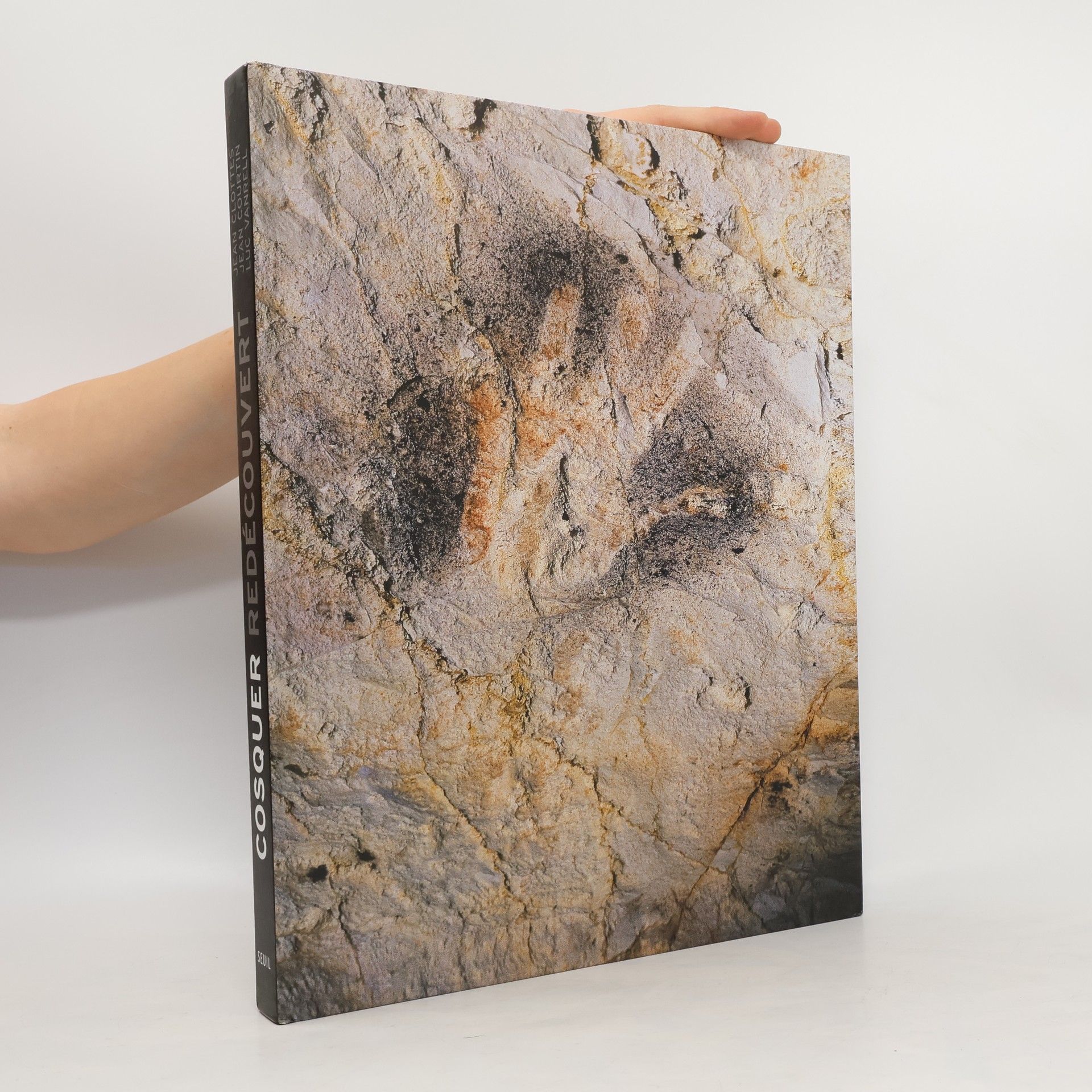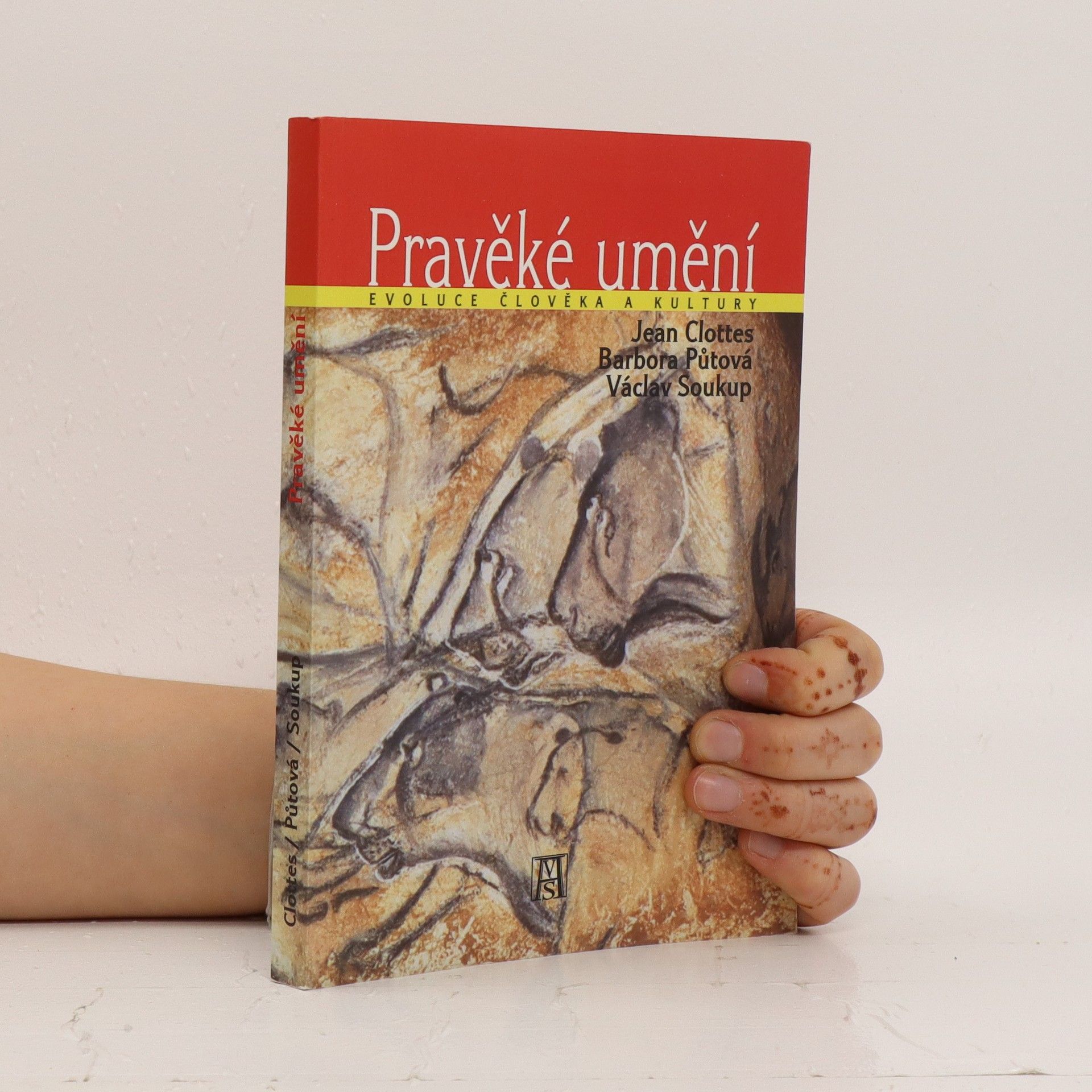Schamanen
- 120 Seiten
- 5 Lesestunden
Paläolithikum - Bevölkerungsgeschichte - Religionsgeschichte.






Paläolithikum - Bevölkerungsgeschichte - Religionsgeschichte.
An illustrated study of rock art, perhaps the oldest form of artistic endeavour. An introductory chapter discusses the discovery of rock art and the importance of landscape and ritual. Subsequent chapters survey rock art sites worldwide, explaining how the art can be dated and how it was made.
Kniha Pravěké umění je společným dílem světově proslulého francouzského prehistorika Jeana Clottese a českých vědců – historičky umění a kulturoložky Barbory Půtové a antropologa a kulturologa Václava Soukupa. Cílem této práce je synteticky z mezioborové perspektivy popsat a analyzovat genezi lidské tvořivosti v kontextu evoluce člověka a kultury. Zvláštní pozornost je věnována vzniku a vývojovým proměnám kultur mladého paleolitu (aurignacien, gravettien, solutréen, magdalénien) na území pravěké Evropy. Autoři knihy holisticky a komparativně analyzují jak materiální technologie a kamenné industrie mladého paleolitu, tak projevy umělecké kreativity na úrovni pravěkých plastik, skulptur, rytin, kreseb a jeskynních maleb. Jedná se o práci, která vznikla na základě dlouhodobé spolupráce autorů s předními evropskými prehistoriky, antropology a archeology.
Des plongées organisées en 2002 et 2003 par les trois auteurs ont abouti à des découvertes nombreuses et passionnantes, qui ont changé notre conception de cette grotte ornée majeure et en font l'une des plus importantes d'Europe, comparable à Chauvet et à Lascaux. L'art conservé se trouve dans les salles supérieures restées hors d'eau. Un humain et 177 animaux ont été répertoriés, plus de 200 signes géométriques variés, 65 mains négatives, et 8 représentations de sexes... Nous savons aujourd'hui, grâce à l'examen des traces d'activités des Paléolithiques, qu'ils utilisaient les matières récupérées dans la grotte, sans doute comme «médecines». C'est la première fois que des activités prophylactiques probables sont mises en évidence dans une grotte ornée et sont en relation directe avec l'art paléolithique. À Cosquer existe certainement la plus ancienne utilisation connue d'un remède spécifique.
Les hommes des Temps glaciaires ont pénétré dans les grottes profondes pour y dessiner et s'y livrer à de mystérieuses cérémonies, dont parois et sols portent parfois les traces. Ils ont aussi orné les parois de certains abris de leurs gravures, peintures et sculptures représentant le plus souvent des animaux. Tenter d'approcher les raisons qui les guidèrent peut paraître une gageure. Nombre de spécialistes esquivent la question du "Pourquoi ?", lui préférant le "Quoi ?" (description et étude des thèmes représentés, que l'on veut aussi complètes et "objectives" que possible), le "Quand ?" (problèmes de datation et de chronologie) et le "Comment" (étude minutieuse des techniques utilisées). Jean Clottes s'est attaqué à cette question. Il l'a fait en se fondant sur ce que nous apprennent, partout dans le monde, les groupes humains qui ont une relation à la Nature beaucoup plus proche que la nôtre. De toutes les hypothèses visant à mieux comprendre l'art des cavernes, que Jean Clottes recense dans cet ouvrage pour le grand public, celle qui lui paraît la plus féconde, car elle explique le plus de faits établis, est que les pratiques artistiques se seraient développées dans le cadre d'une religion de type chamanique.